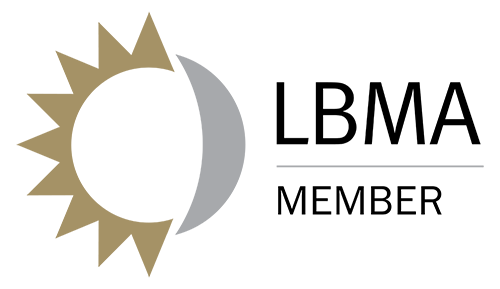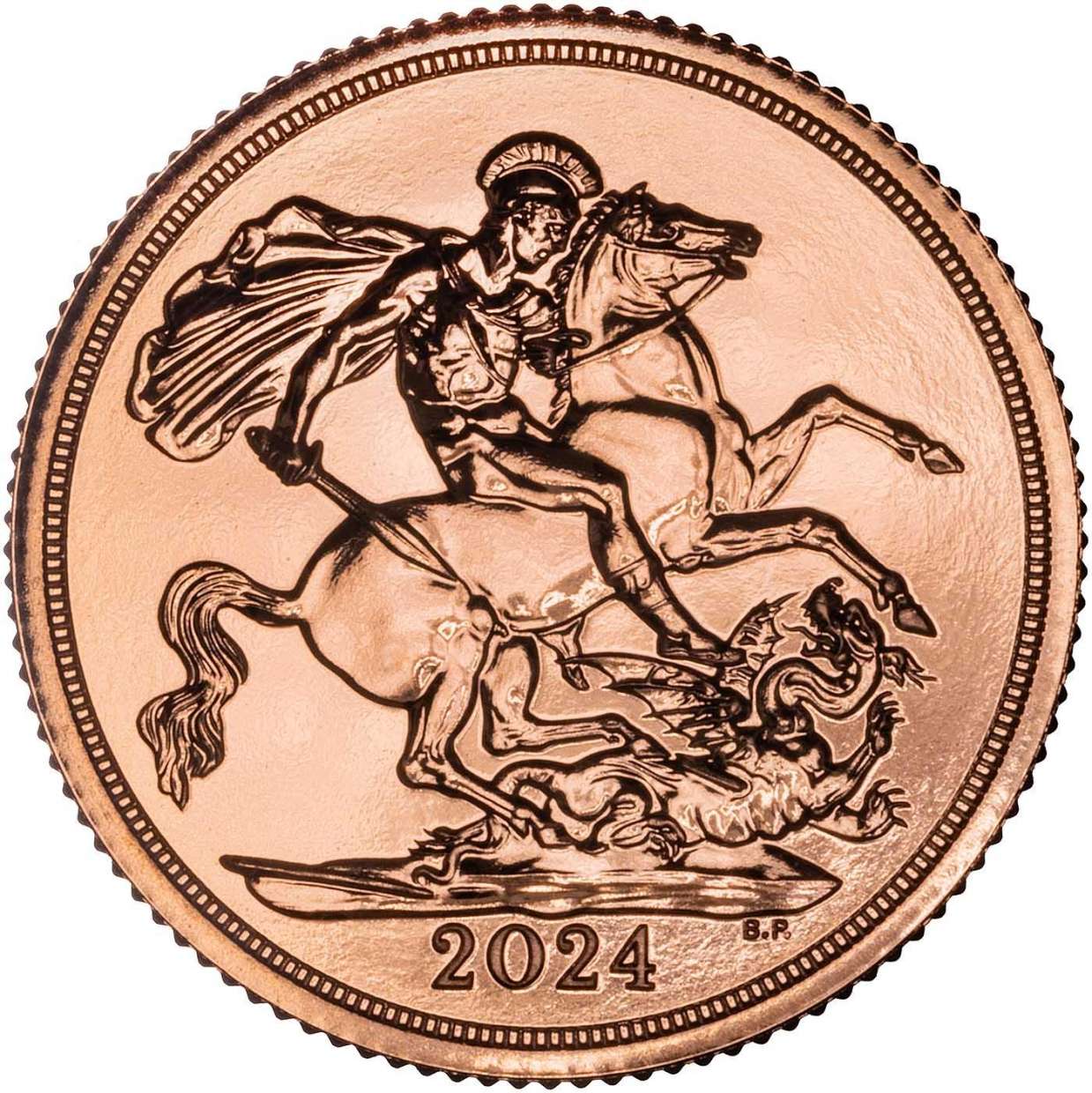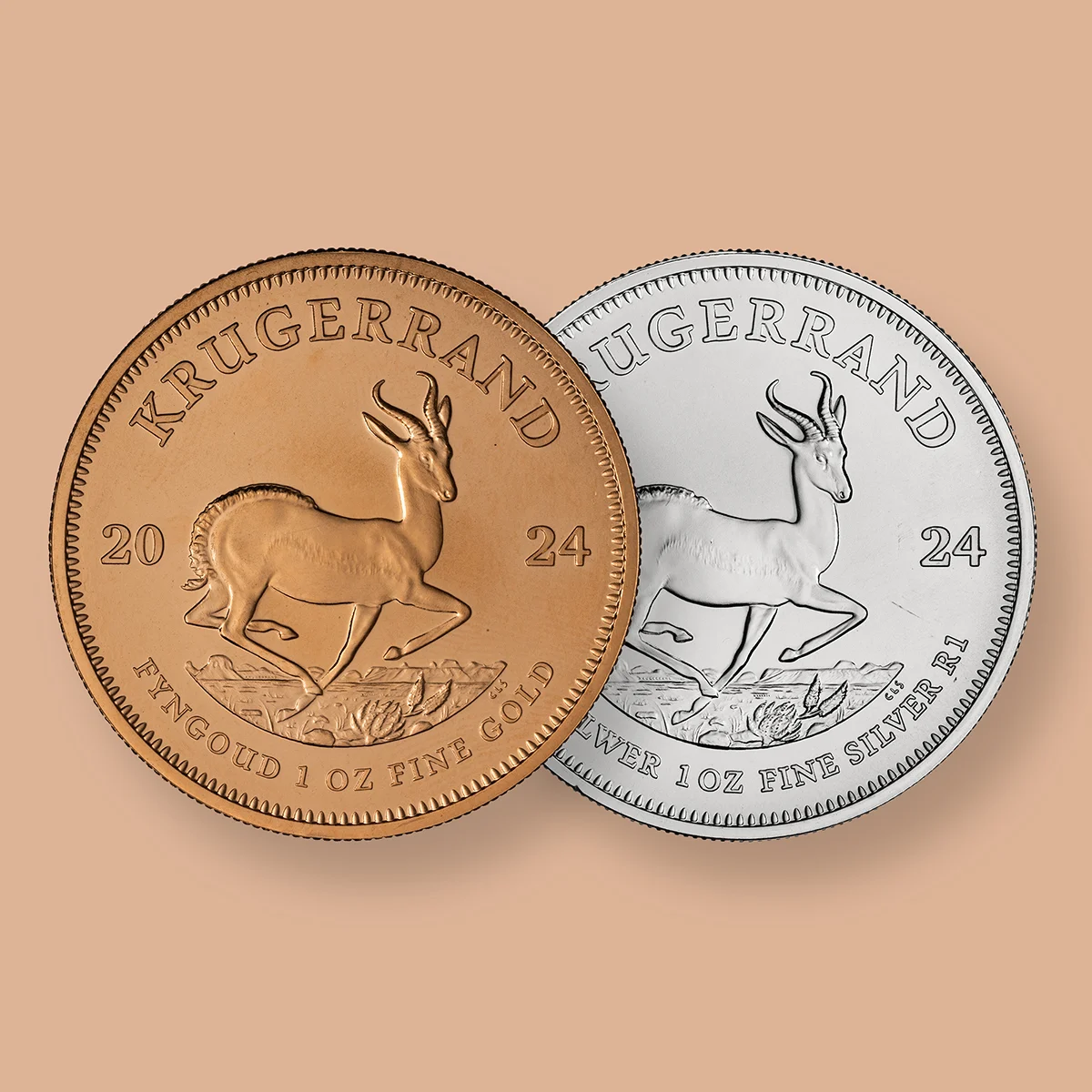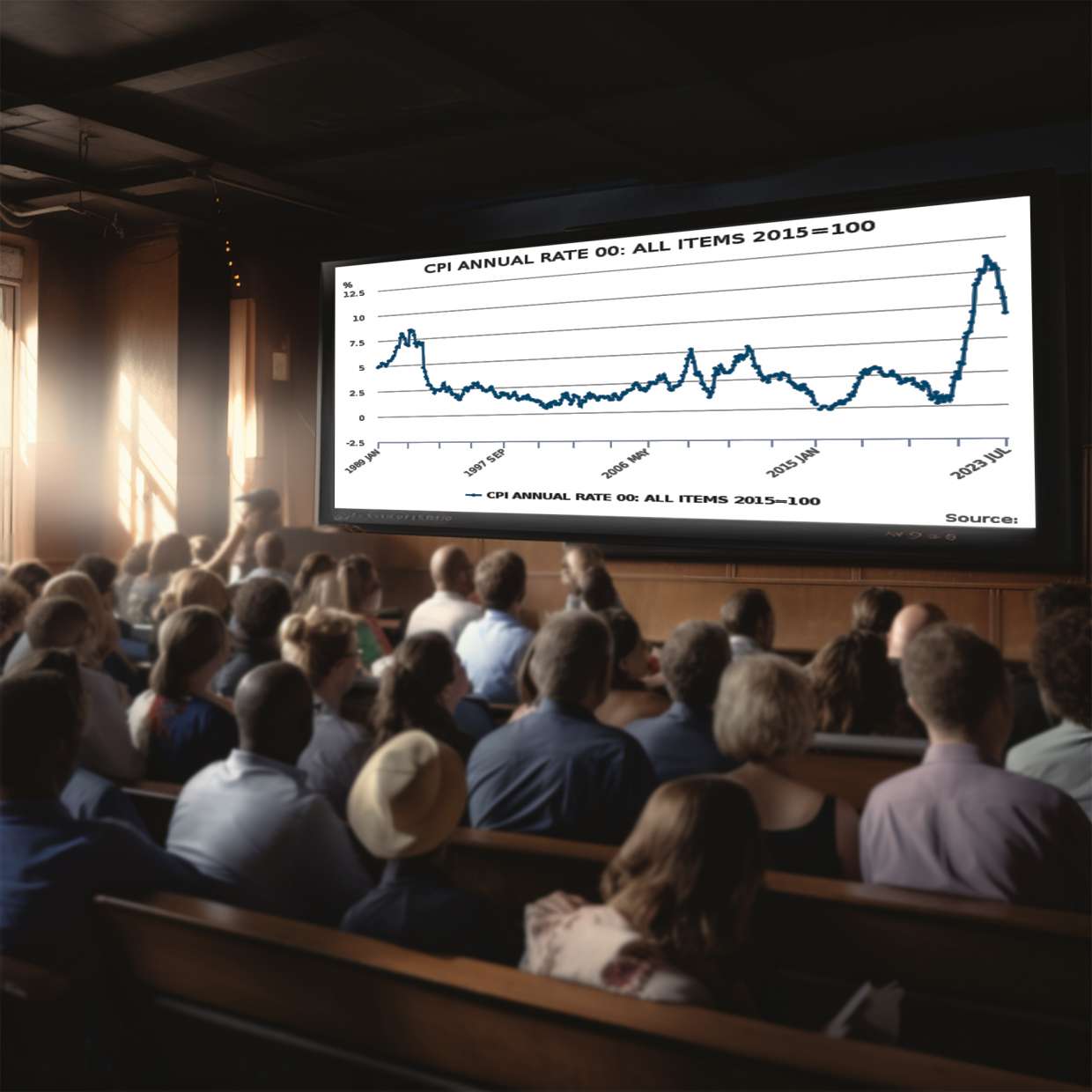Fed to Raise Interest Rates to 5.25%
Synopsis
The Federal Reserve is expected to raise interest rates to 5.25% at its May meeting, but what are the underlying factors driving this decision? This article explores the current economic landscape, the Fed's decision-making process, and the potential ramifications of an interest rate increase. Investors and policymakers must closely monitor the Fed's decision to ensure the stability and prosperity of the US economy in the years ahead.

Key Takeaways
- Investors expect a 0.25 percentage point increase in interest rates to 5.25% during the May 2023 meeting of the Federal Open Market Committee (FOMC).
- The FOMC aims to contain inflation without triggering a recession by increasing interest rates and gradually reducing its balance sheet.
- An interest rate increase could reduce consumer spending and investment, as well as the value of stocks and other financial assets, while a rate cut could stimulate consumer spending and investment.
- The strength of China's economy and potential geopolitical risks, commodity prices, and global trade tensions could also affect the Fed's decision-making process.
Is Fed Set to Raise Interest Rates to 5.25%
The Federal Reserve, which is responsible for determining interest rates and setting monetary policy, holds significant power over the US economy and global financial markets. The anticipation of a 0.25 percentage point increase in interest rates to 5.25% during the May 2023 meeting of the Federal Open Market Committee (FOMC) has investors and analysts alike closely monitoring the situation. This article will examine the present economic landscape, the underlying factors that influence the interest rate decision, and the potential ramifications of a rate hike.
Gold continued to rise on May 2nd 2023, and was on course for its most significant daily increase in a month. This followed the release of the publication of dismal data on job openings in the US, which added to the uncertainty surrounding the economy ahead of the eagerly-awaited decision by the Federal Reserve to raise interest rates.

The Current Situation
Investors are bracing themselves for the FOMC's third consecutive quarter-point rate increase to contain inflation without causing a recession. Since March 2022, the Fed has raised interest rates nine times, and another rate hike is overwhelmingly expected. The S&P 500 has surged approximately 8% this year, indicating an optimistic outlook that the Fed can curtail inflation and prevent a recession.
However, concerns about banking sector stress and the possibility of an economic downturn have led to a rate cut being priced in by the end of 2023. Nevertheless, a rate cut seems unlikely at present given inflation running well above the Fed's 2% target, the ongoing strength of the labor market, and the recent abatement of banking sector stress. Two-year US Treasury yields, which typically reflect short-term interest rate expectations, have soared almost 75 basis points over the past month due to still-strong data, lowering the probability of rate cuts.

Fed Interest rate Since March 2022
At present, the United Kingdom holds the unique position of being the only major developed nation experiencing double-digit inflation rates. Despite predictions of a more significant decline from the 10.4% rate recorded in February, the country's annual consumer price inflation rate for last month fell only marginally to 10.1%. The Office for National Statistics attributes this to the unprecedented increase in bread prices.
Factors Affecting the Interest Rate Decision
The Fed's decision on interest rates is influenced by various factors, including inflation levels, the strength of the labor market, banking sector stress, and the possibility of an economic downturn. One way to control inflation is by raising interest rates, which increases borrowing costs and reduces consumer spending. The strength of the labor market is critical, and the Fed may raise interest rates to prevent it from overheating and causing inflation.
Banking sector stress is a significant concern, and the Fed has gradually reduced its balance sheet and allowed assets to roll off to lessen banking sector stress. Nevertheless, concerns about banking sector stress have led to a rate cut being priced in. The Fed will need to balance its goal of reducing banking sector stress with its goal of controlling inflation. The possibility of an economic downturn is also a crucial factor, with the Fed expressing concerns about it in its policy meetings.

China's Growing Economy
Another factor that could influence the Fed's decision is the strength of China's economy. China's economy grew faster than expected in Q1 2023, and many see a Chinese economic rebound as key to global growth this year. This could potentially affect the Fed's decision-making, particularly if it perceives a potential boost to the US economy from the global economic upswing.
According to data from the National Bureau of Statistics, China's GDP increased by 4.5% year-on-year in January-March, surpassing the 2.9% growth in the previous quarter. Analyst forecasts for a 4.0% expansion were also exceeded, with the latest figures representing the strongest growth in a year.
A resurgence in China's economy is considered essential for global growth in the current year. This is because developed nations are facing several obstacles, including persistently high inflation, rising interest rates, sluggish expansion post-pandemic, and the ongoing conflict due to Russia's invasion of Ukraine.

Related Articles
This guide and its content is copyright of Chard (1964) Ltd - © Chard (1964) Ltd 2024. All rights reserved. Any redistribution or reproduction of part or all of the contents in any form is prohibited.
We are not financial advisers and we would always recommend that you consult with one prior to making any investment decision.
You can read more about copyright or our advice disclaimer on these links.





















